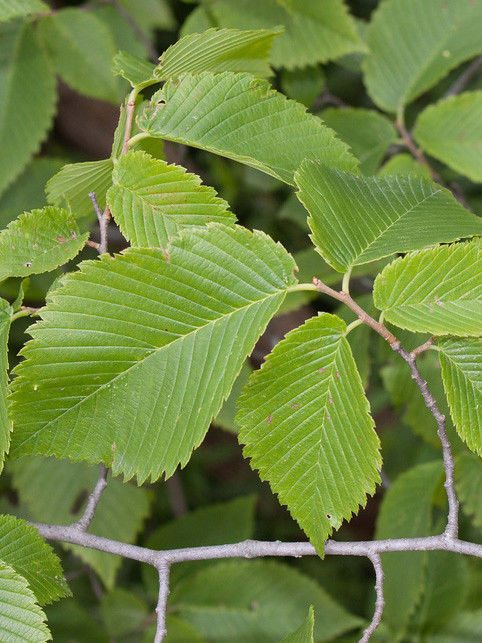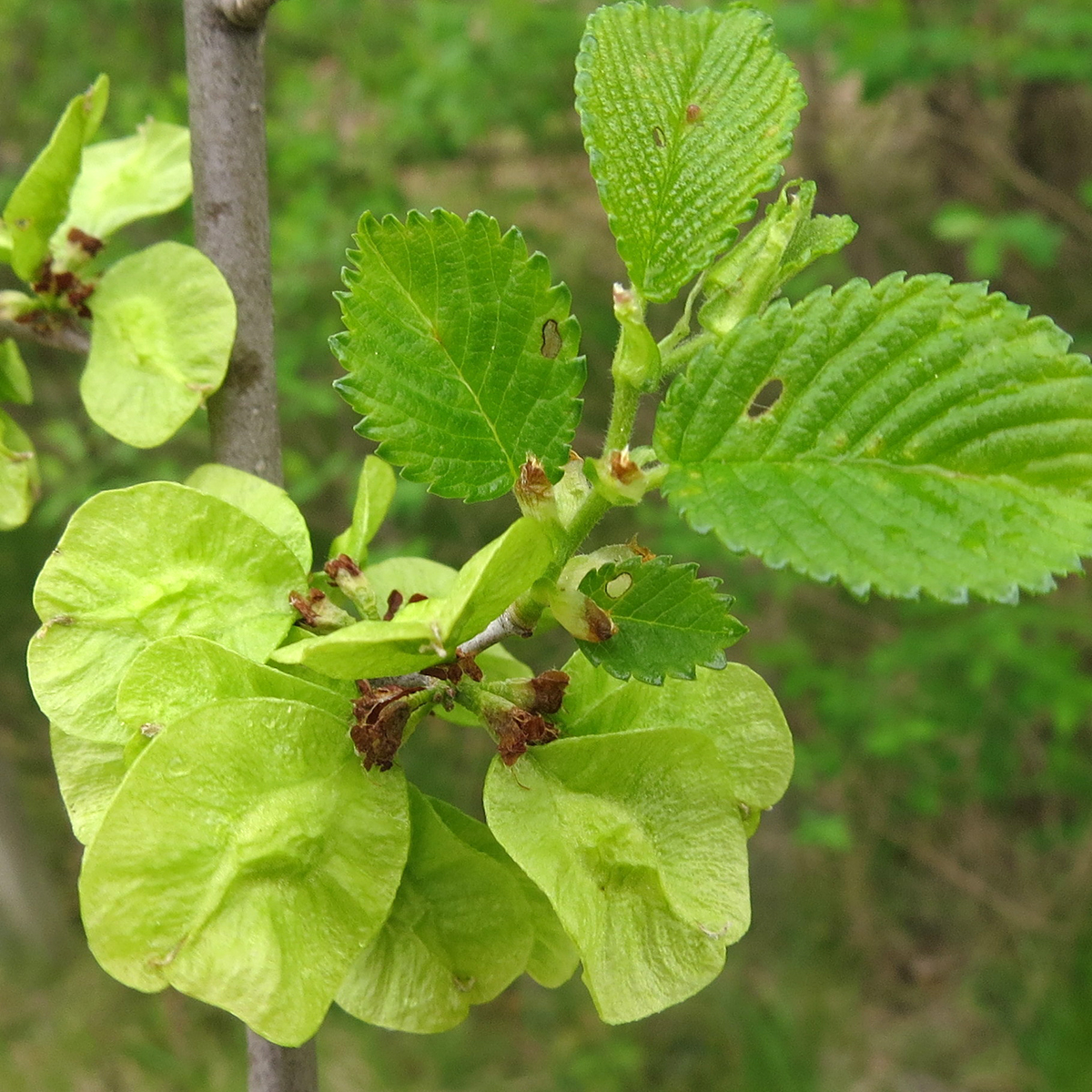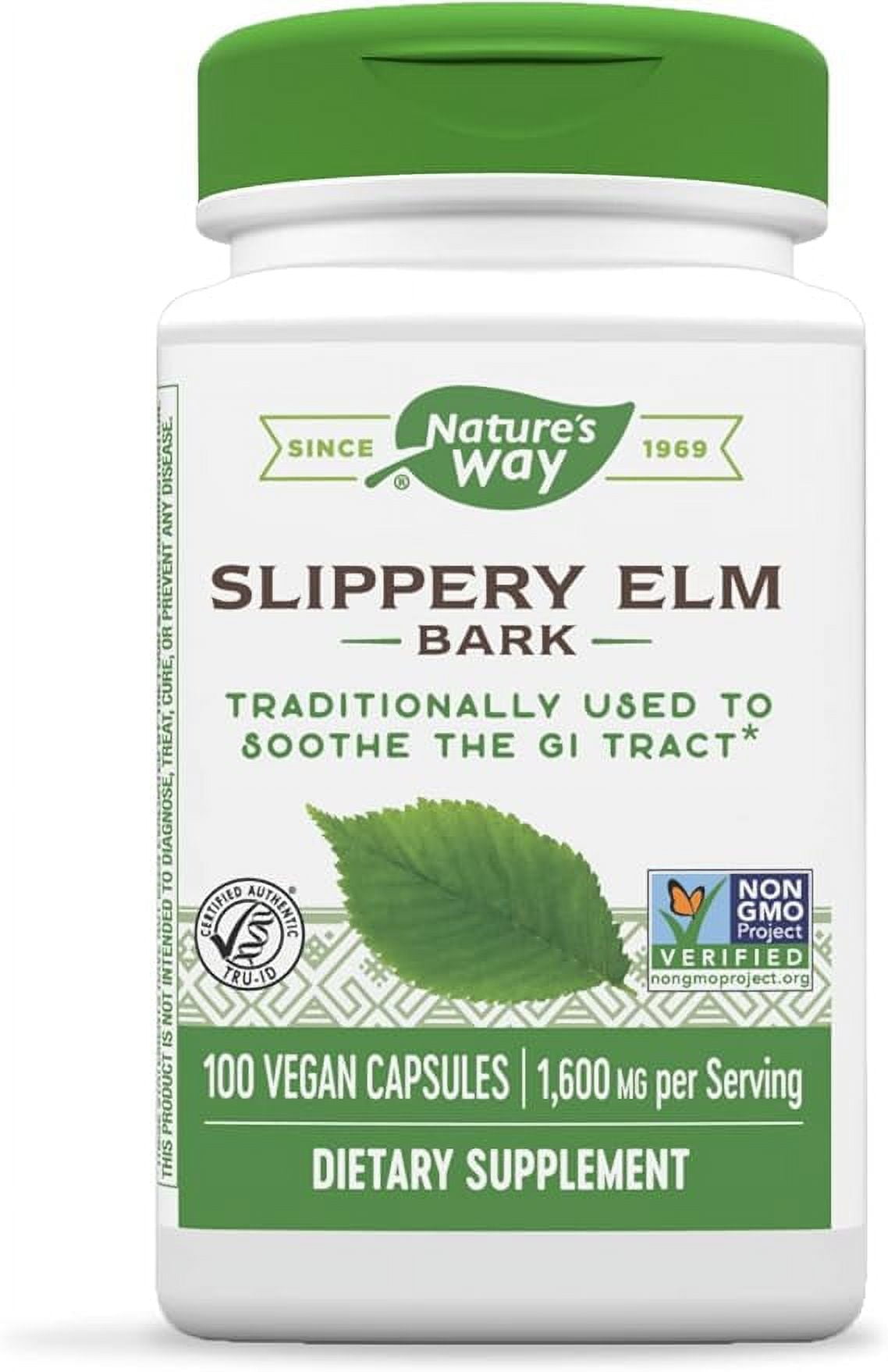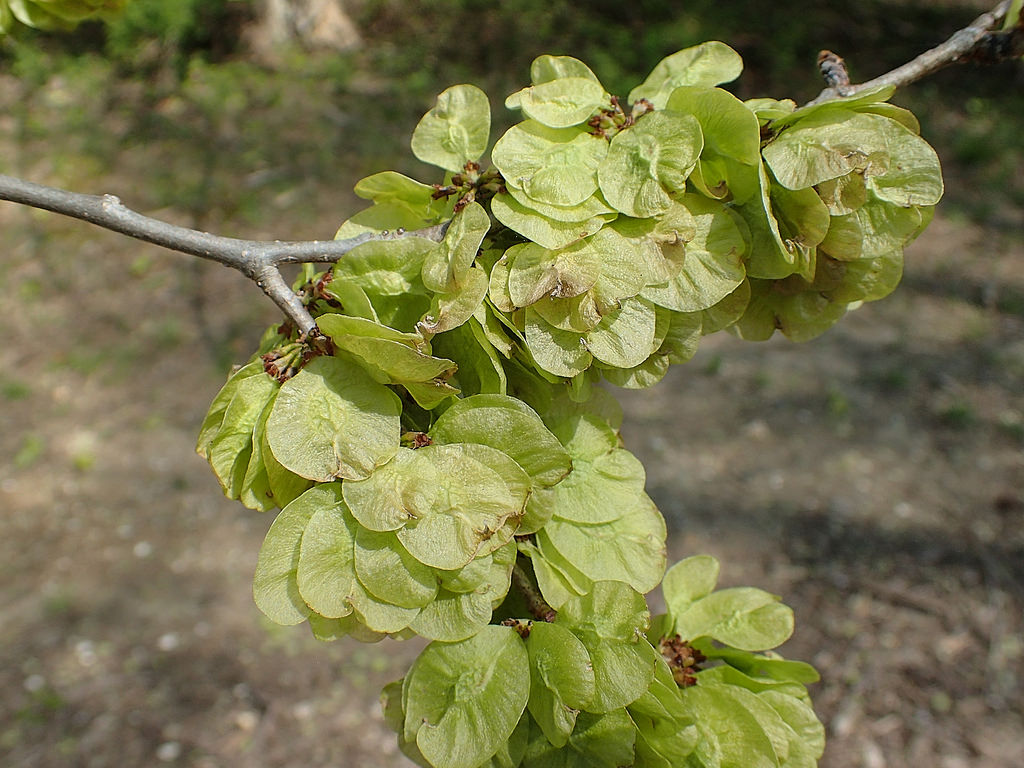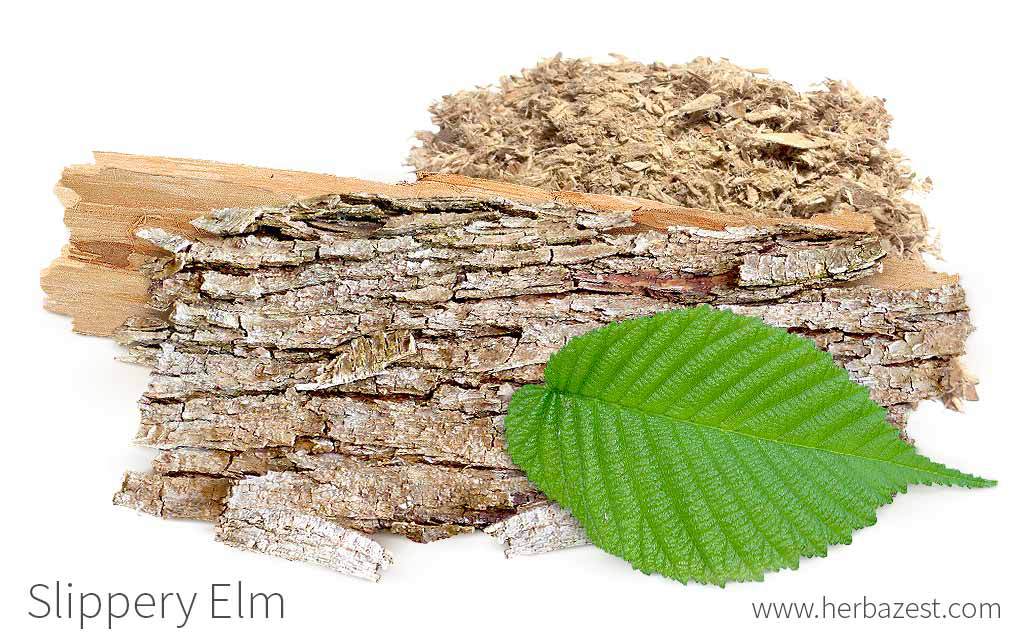Where Can I Get Slippery Elm
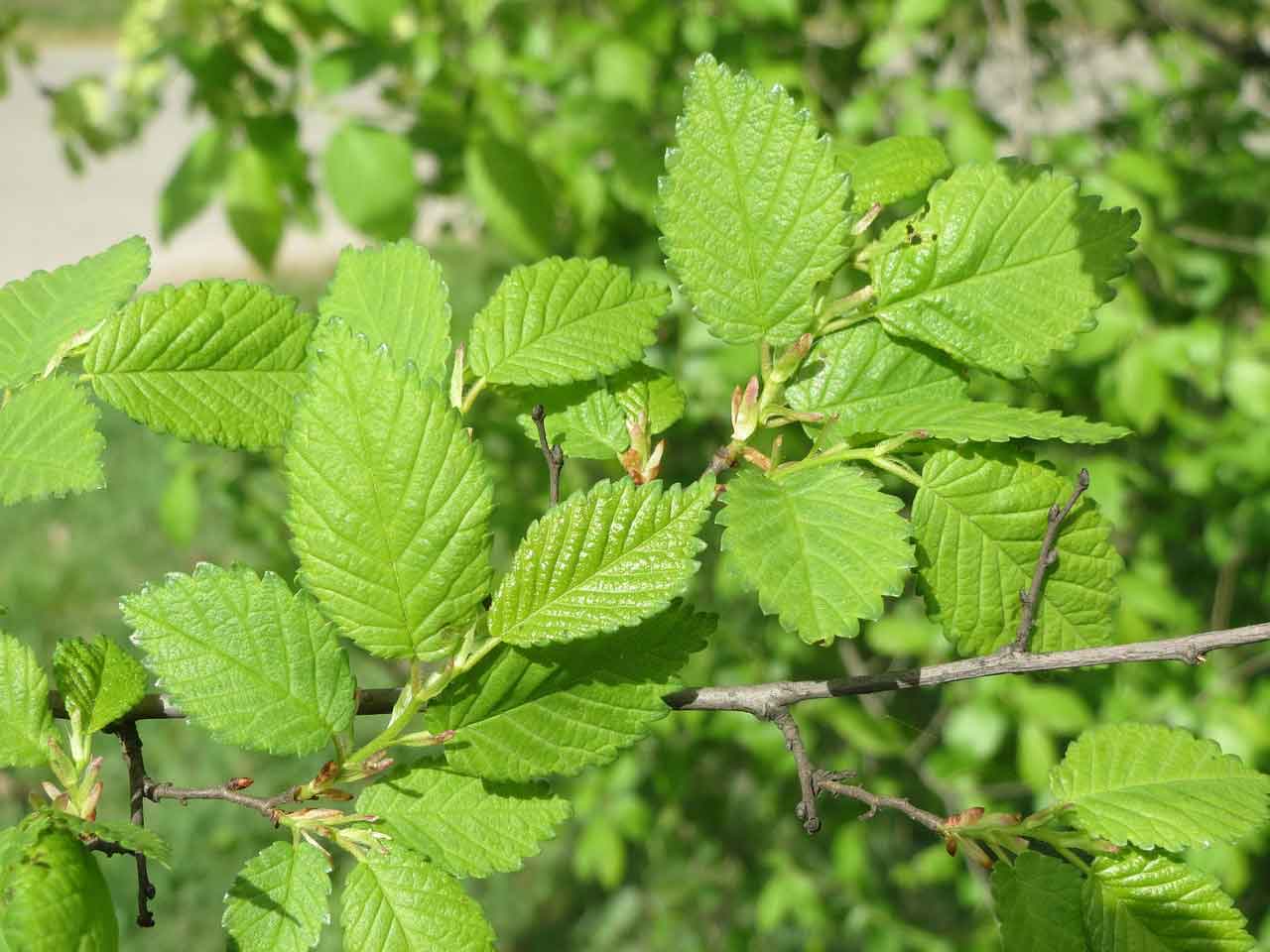
A persistent cough, a burning throat, a digestive system in turmoil – these are just some of the ailments that drive individuals to seek natural remedies. Among them, slippery elm, derived from the inner bark of the Ulmus rubra tree, has been a staple in traditional medicine for centuries.
But with increasing demand and evolving retail landscapes, finding authentic and high-quality slippery elm can be a challenge. This article delves into the various avenues available for acquiring this natural remedy, weighing the pros and cons of each to equip consumers with the knowledge to make informed choices about their health and wellbeing.
Understanding Slippery Elm Availability
Slippery elm is available in several forms, including capsules, powders, lozenges, and teas. The availability of each form can vary depending on the retailer and geographic location.
Furthermore, sourcing practices and quality control measures differ significantly between suppliers, impacting the efficacy and safety of the final product. Choosing a reputable source is paramount.
Health Food Stores and Pharmacies
Traditional health food stores are often the first port of call for those seeking natural remedies. These stores typically carry a range of slippery elm products, including powders, capsules, and lozenges.
Pharmacists can also offer guidance on dosage and potential interactions with other medications. However, selection at pharmacies might be limited compared to specialized health food stores.
It's essential to check the labels for ingredient lists and certifications, ensuring the product contains only slippery elm and is free from unnecessary additives or fillers.
Online Retailers
The internet has revolutionized access to a vast array of health products, including slippery elm. Major online retailers like Amazon and specialized online health stores offer a diverse selection of brands and formulations.
Online shopping provides convenience and price comparison opportunities. However, it also presents risks associated with verifying the authenticity and quality of products.
Read customer reviews carefully and look for brands with established reputations and transparent sourcing practices. Also, verify that the online retailer has a clear return policy in case of dissatisfaction or concerns about product quality.
Direct from Herbalists and Suppliers
Some individuals prefer to source slippery elm directly from herbalists or specialized suppliers. This approach can offer greater assurance of product quality and ethical sourcing.
Herbalists often possess in-depth knowledge about the plant and its properties. They can provide personalized recommendations and guidance on usage.
Direct sourcing allows for a more transparent supply chain, ensuring the slippery elm is harvested sustainably and processed with care. This option may be more expensive, but the potential benefits of quality and ethical sourcing could outweigh the cost for some consumers.
Key Considerations for Choosing a Source
Several factors should be considered when deciding where to purchase slippery elm. These include product quality, sourcing practices, price, and convenience.
Quality indicators include certifications (e.g., organic, non-GMO), transparent ingredient lists, and third-party testing. Ethical sourcing practices ensure the sustainable harvesting of slippery elm, minimizing environmental impact.
Price comparisons across different retailers are essential, but prioritize quality and ethical sourcing over the lowest price. Finally, consider the convenience of each sourcing method, weighing factors like shipping times and return policies.
Sustainability Concerns
The increasing demand for slippery elm has raised concerns about the sustainability of its harvesting. Ulmus rubra is not currently endangered, but unsustainable harvesting practices could pose a threat in the future.
Consumers should seek out brands that prioritize sustainable harvesting methods and support organizations that promote responsible forestry practices. Look for certifications that indicate the slippery elm has been harvested in an environmentally responsible manner.
Supporting sustainable sourcing helps ensure the long-term availability of this valuable natural remedy and protects the health of the Ulmus rubra tree population.
Future Trends and Innovations
The market for slippery elm is likely to continue to evolve, with increasing focus on quality, sustainability, and convenience. Innovative formulations and delivery methods may also emerge.
Expect to see more brands emphasizing transparent sourcing practices and third-party testing to build consumer trust. Online retailers will likely continue to dominate the market, but specialized herbalists and direct suppliers will maintain a niche offering higher-quality, ethically sourced products.
Consumers should stay informed about the latest trends and innovations in the slippery elm market to make informed choices about their health and well-being.
Ultimately, the best place to obtain slippery elm depends on individual needs and priorities. By carefully considering the factors outlined in this article, consumers can confidently navigate the market and source a high-quality product that meets their specific requirements.


